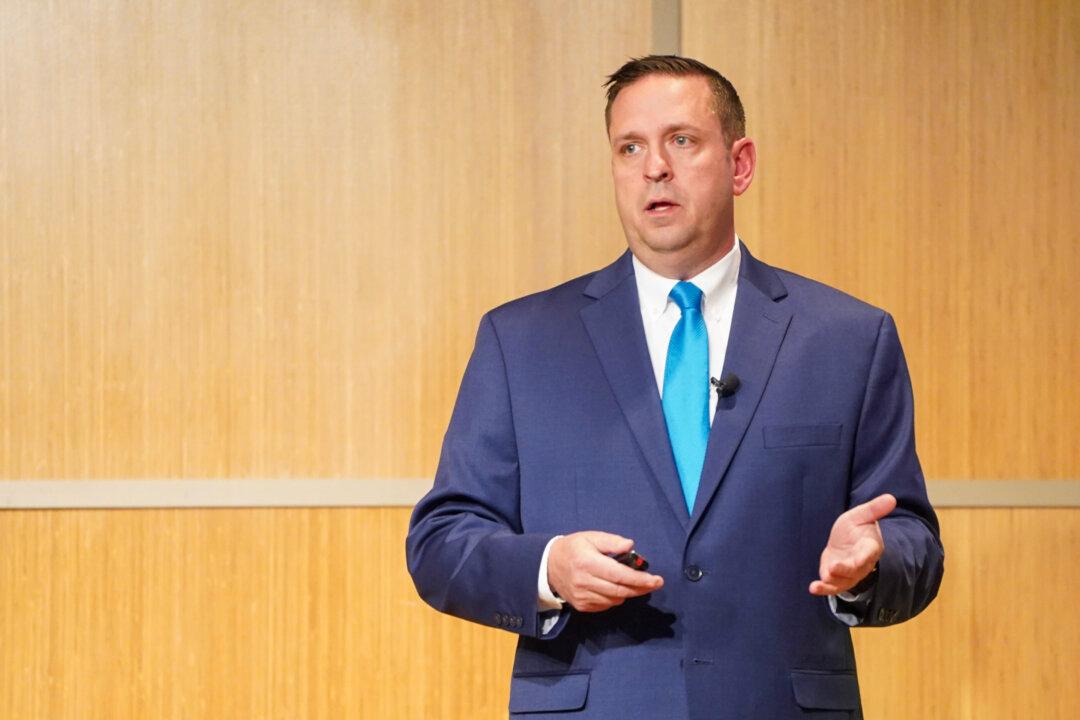CHICAGO—Paris Brown was 18 when he was paralyzed by a bullet in the back. He was driving around Chicago’s violent Austin neighborhood with friends who were in a gang when they entered rival territory.
Brown had always kept himself at arm’s length from the gang, never fully joining, though he spent a lot of time with them.





